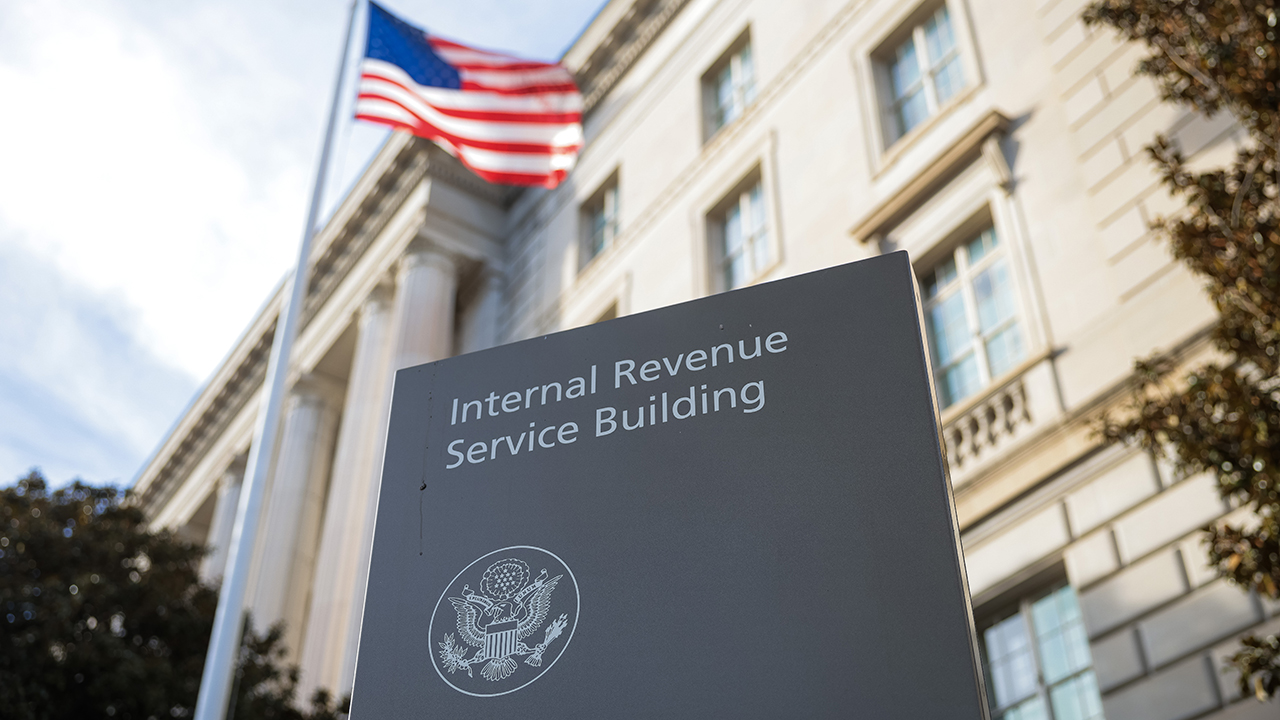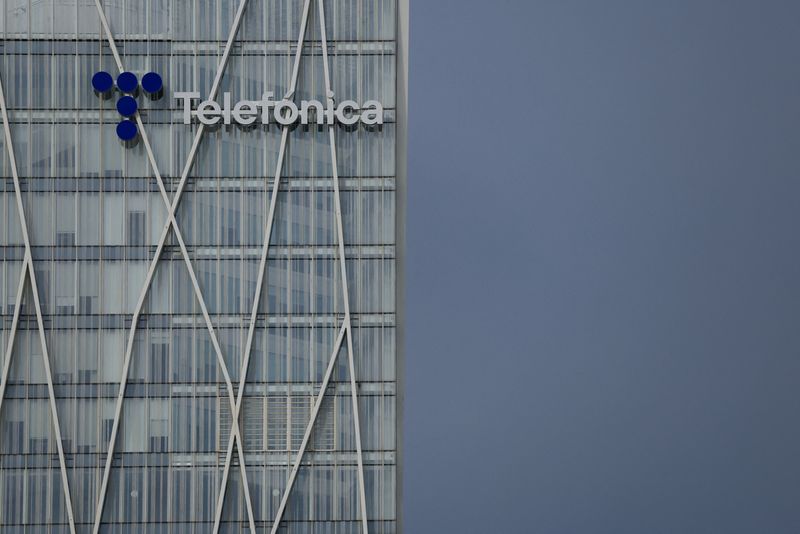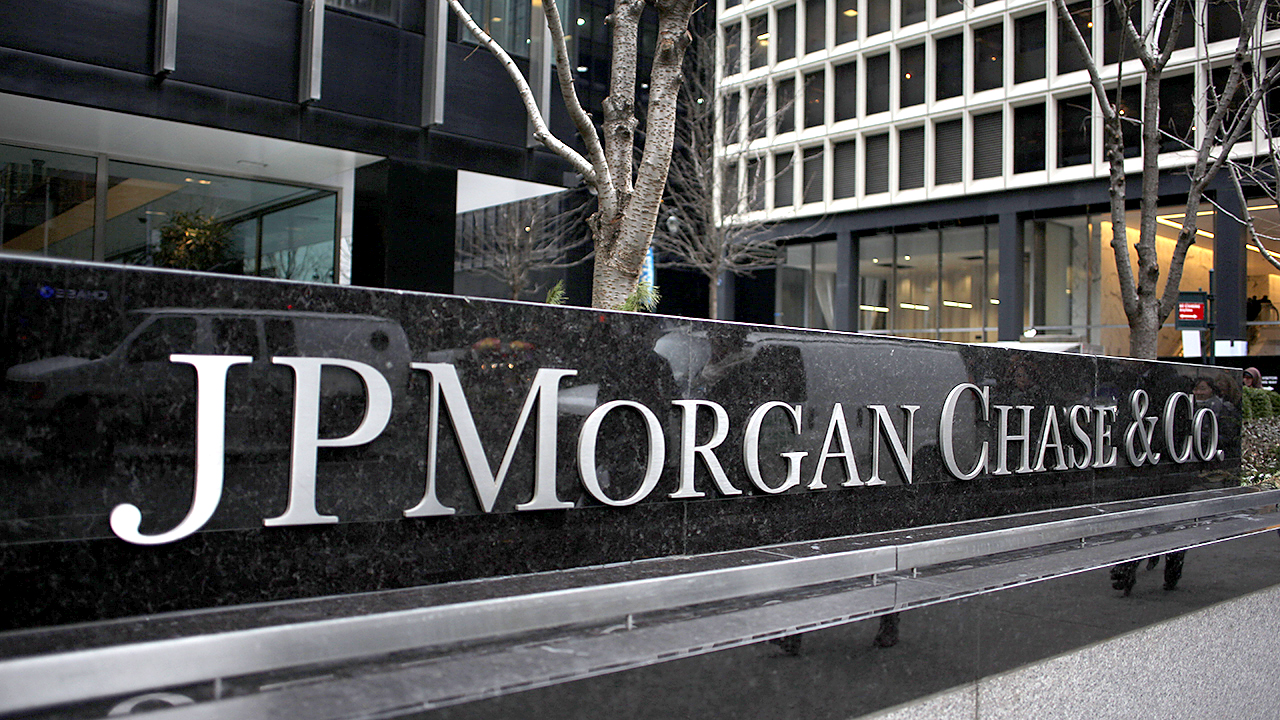What Makes Liverpool a Strong Option for Investors?


Liverpool often finds itself overshadowed in property conversations, usually by London’s glitzy skyline or Manchester’s sharp growth metrics. But scratch beneath the surface and you’ll find a city that’s not just quietly thriving—it’s actively redefining its investment appeal. With rich cultural capital, a strong student population, and a local government that’s been surprisingly bold about regeneration, Liverpool is no longer a “rising” city. It’s already there.
Of course, no city is without risk, and no single factor makes or breaks an investment. But Liverpool’s combination of affordability, yield potential, and livability puts it in a category all its own—especially if you know what to look for.
A combination of value and momentum
Unlike some southern cities where the barrier to entry is sky-high, Liverpool remains relatively accessible. The average property price here is still well below the national average, and that’s not just a budget-friendly detail. It changes the calculus for investors. Lower initial costs paired with above-average rental yields make Liverpool especially attractive for those who want real income over speculative long shots.
Then there’s the growth story. This isn’t a sleepy town being “discovered.” Liverpool has been undergoing major changes for over a decade: improved infrastructure, growing business districts, and a diversified economy that leans into both tech and healthcare. The ripple effects are visible. Demand for housing has kept pace, and in some pockets, it’s outstripped supply.
But perhaps the most compelling detail is how well Liverpool has retained momentum. It’s not just a city that saw a brief spike in interest. It’s shown the kind of long-term stability that’s become a rare commodity in the property world.
Where rental yield meets real opportunity
This is where things get particularly interesting. While the capital appreciation has been solid—especially in areas like the Baltic Triangle and Anfield—the rental yield is where Liverpool really shines. Investors looking to balance risk and return are increasingly turning north not because it’s trendy, but because it makes financial sense.
If you’re looking to explore Merseyside rental market, Liverpool offers an unusual alignment of affordability, tenant demand, and potential return. It’s one of the few places where a relatively modest outlay can translate into meaningful monthly income. This isn’t just good for short-term cash flow—it also cushions you in down markets.
Add to that a student population exceeding 70,000, plus steady employment growth in sectors like biotech and digital media, and the case strengthens further. Tenants aren’t just transient workers; they’re long-term renters and young professionals looking to stay close to where the action is.
Regeneration that actually delivers
Plenty of UK cities have master plans for urban renewal. Fewer manage to deliver. Liverpool, to its credit, has taken a more pragmatic approach: one that focuses on core infrastructure and neighbourhood-by-neighbourhood improvement. The £5 billion Liverpool Waters project is a high-profile example, but there are dozens of smaller, quieter investments happening across the city—from transportation to community services.
This isn’t mere window-dressing. Better roads, rail links, and commercial hubs drive tenant interest. And tenant interest drives yield. Investors who get in early enough, particularly in areas currently on the edge of development zones, stand to benefit not just from rising rents, but from future capital growth as neighbourhoods evolve.
There’s also something to be said for Liverpool’s planning culture. Compared to some cities where red tape can slow things to a crawl, Liverpool tends to be more developer-friendly, at least in pockets. That alone makes certain projects more viable—whether it’s purpose-built rentals or mid-size residential conversions.
Cultural capital and livability
While numbers are critical, people don’t rent spreadsheets. They rent homes. And in Liverpool, quality of life is a real selling point. The city is walkable, music-infused, and surprisingly green. From the docks to the Georgian Quarter, the charm isn’t manufactured—it’s embedded in the fabric.
This matters because tenants are drawn not just by affordability but by atmosphere. A city that feels lived-in, diverse, and rich in character tends to hold on to its residents. This is especially true for graduates who might come for university and stay for work—one of the less talked-about engines of Liverpool’s rental stability.
And the city isn’t just coasting on its Beatles-era identity. There’s a palpable sense of progression here, with indie businesses, street markets, and start-ups adding to the mix. That kind of vibrancy can’t be bought—it’s earned. And investors, though not always consciously, benefit from it.
Final thoughts
So, is Liverpool a guaranteed win? Of course not. Property markets never are. But as a city that consistently punches above its weight, Liverpool has managed to build a solid case for long-term investors. It’s not just about cheap entry or past performance—it’s about sustained demand, real infrastructure growth, and a rental ecosystem that still has room to run.
If you’re willing to dig a little deeper, to look beyond headline stats and flashy listings, Liverpool offers something rare in today’s overheated market: opportunity with substance.
The post What Makes Liverpool a Strong Option for Investors? appeared first on European Business & Finance Magazine.














































